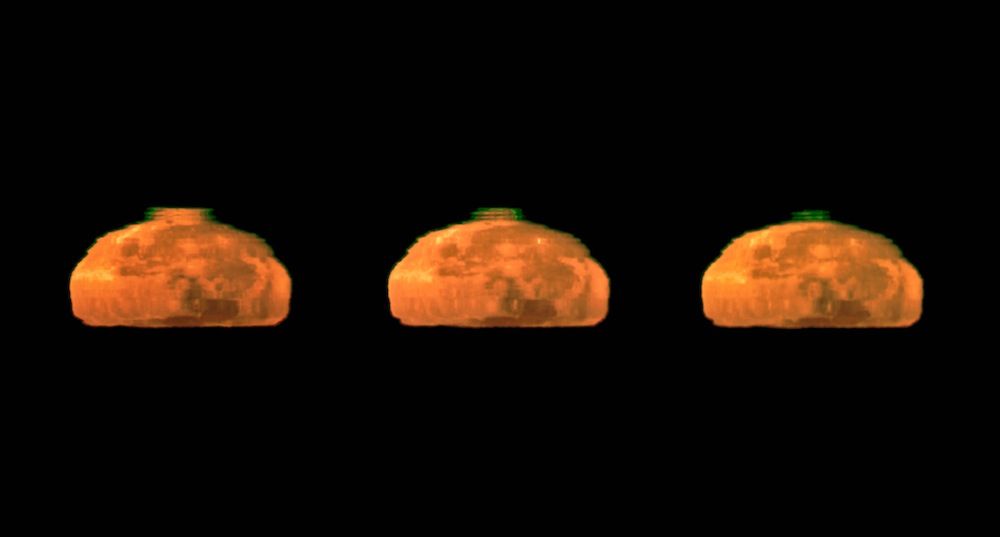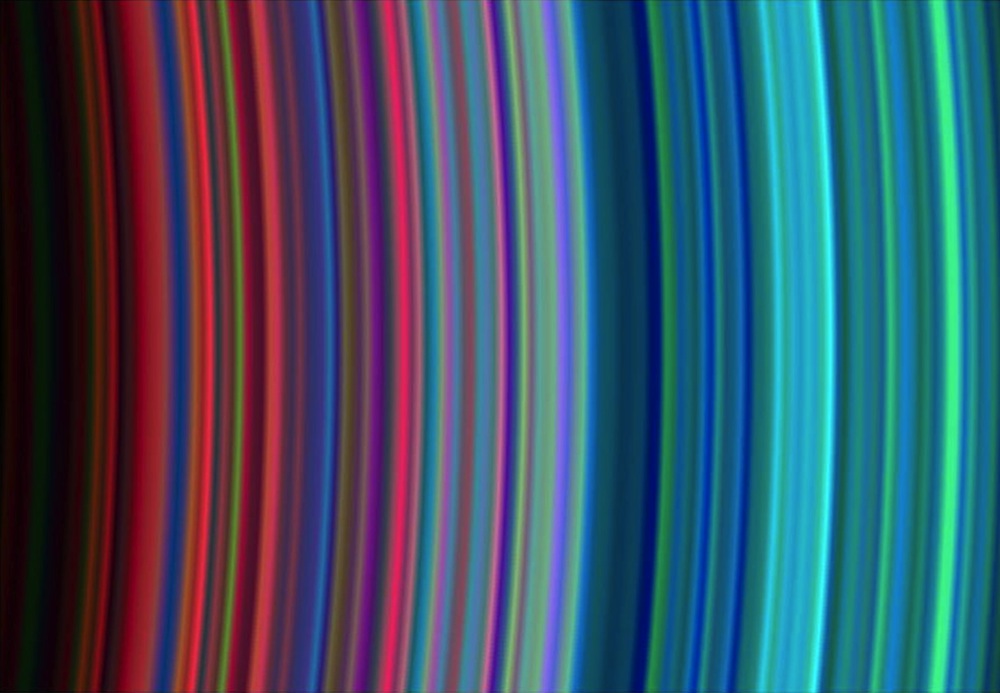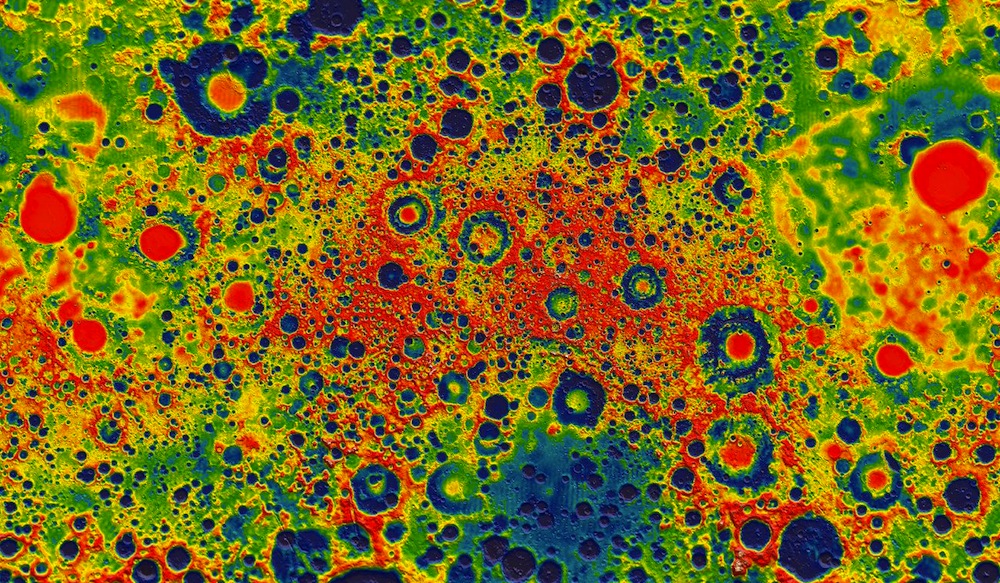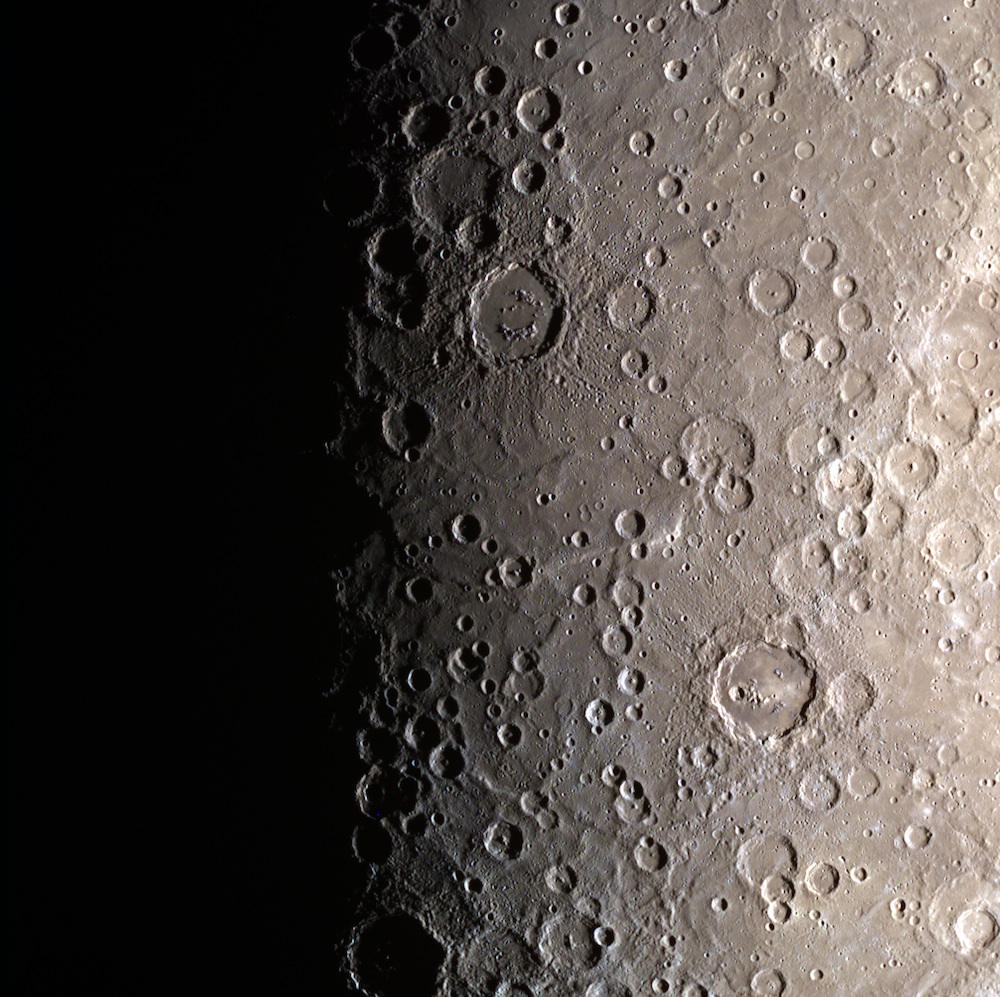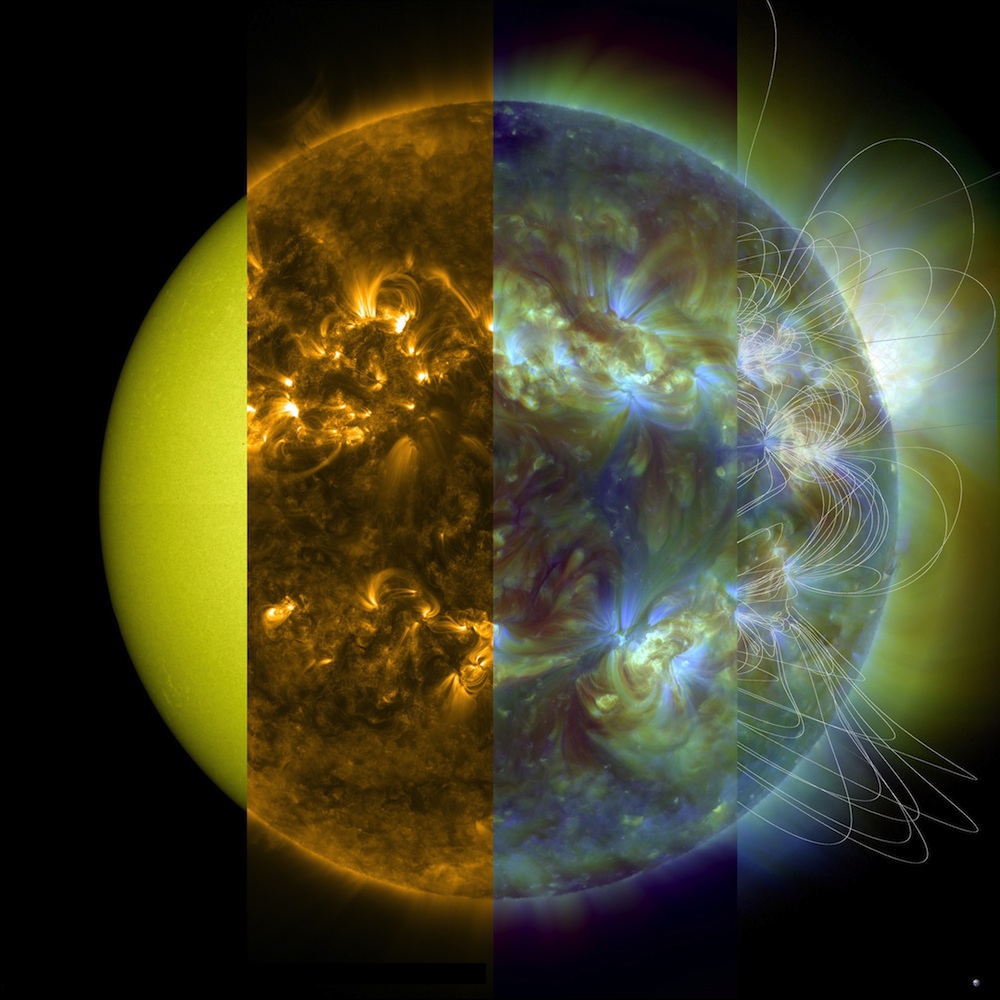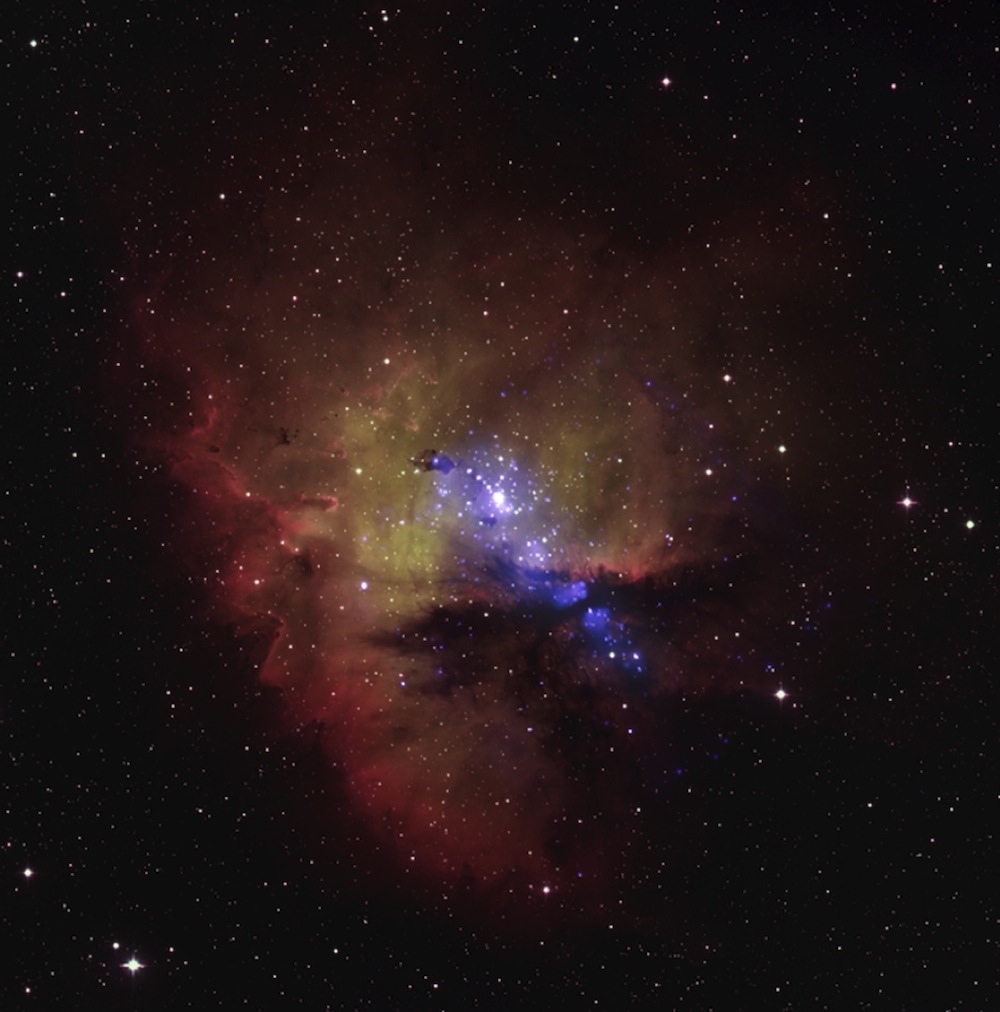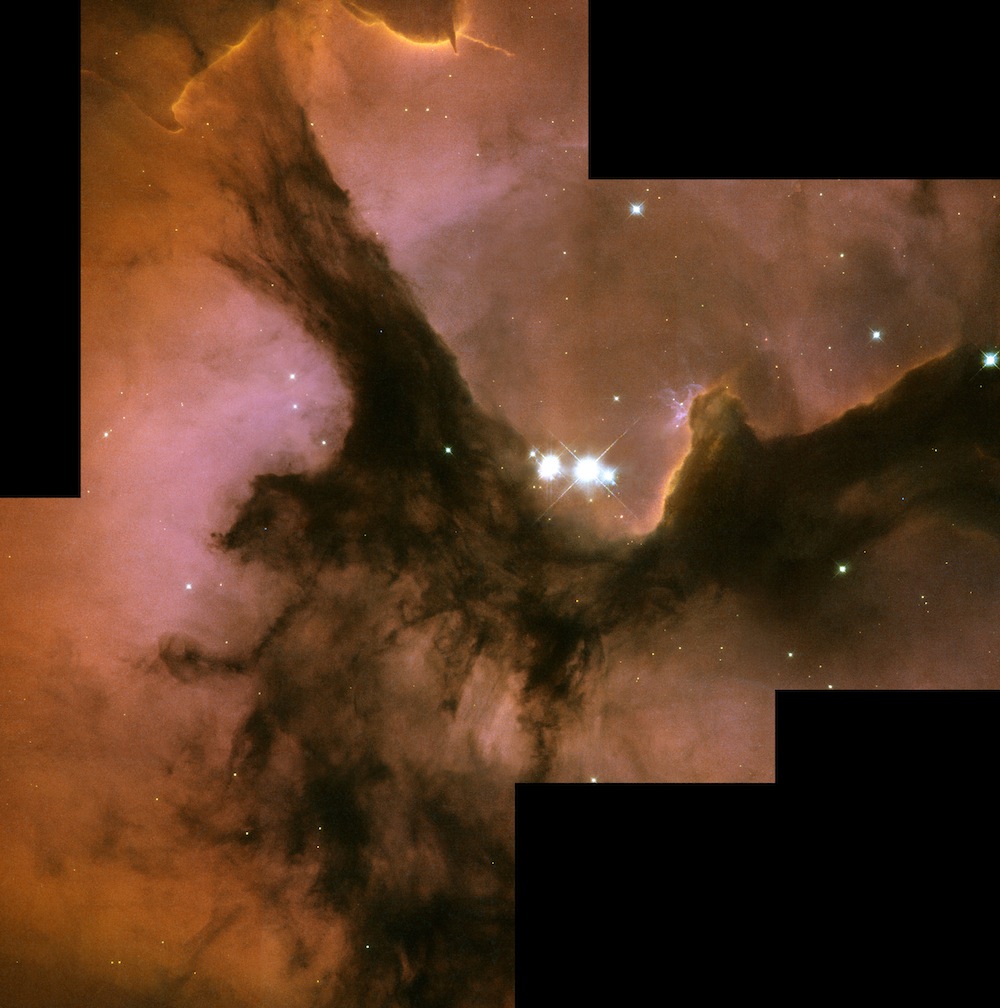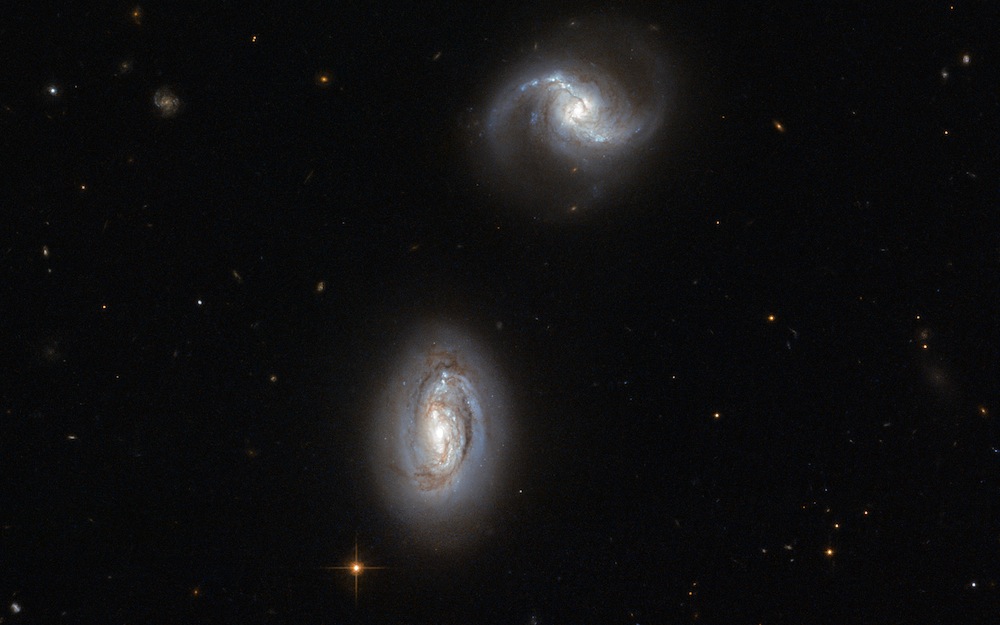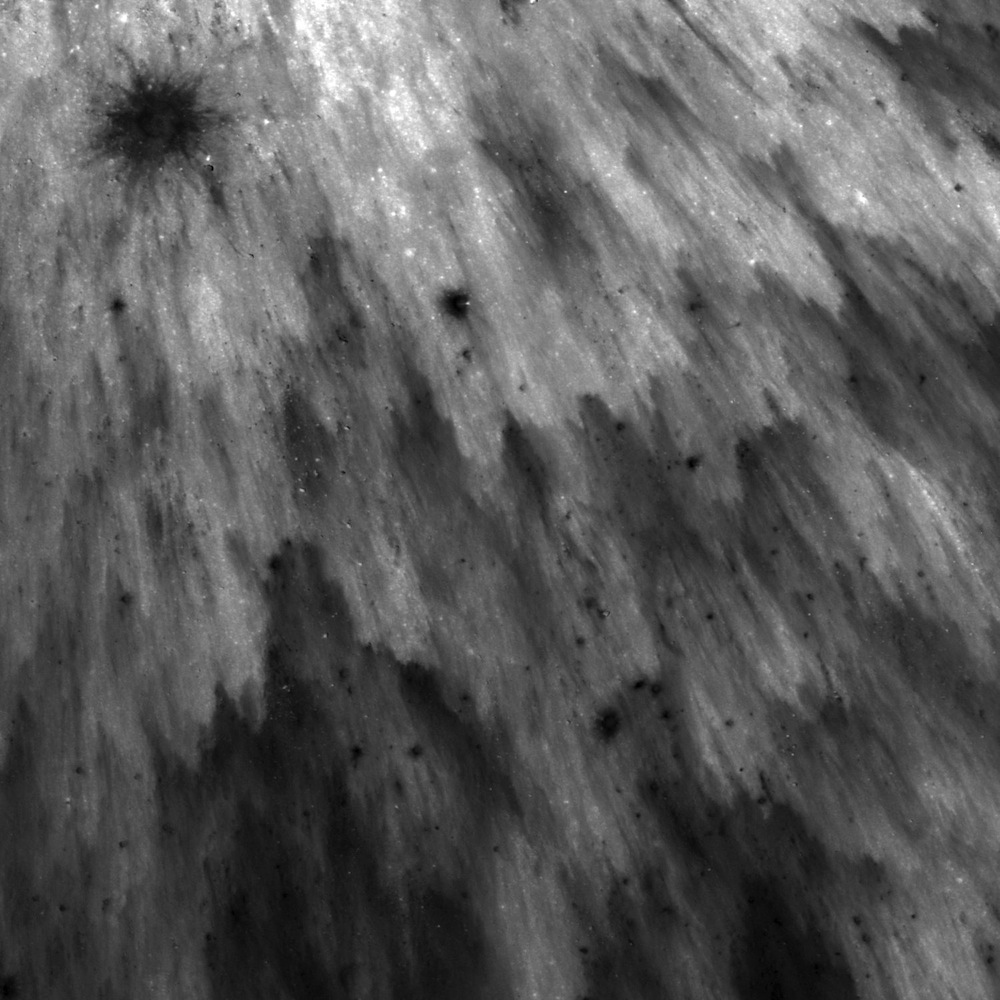- Thread starter
- #41
Cloud in Serpens

As the realm of galaxies slowly slides past it prime, the dim and dusty clouds that float above the plane of our galaxy harbingers the rise of galactic center. Here then is one of those clouds in Serpens that is punctuated by the dazzle of embedded and breakout stars.
The *only* thing that came to my mind while working on this data was the Electric Company (or Sesame Street) animated short that begins with the name of this object (e.g. 123...) This is most certainly an American (me) generational thing. Be forewarned, it might stick in your mind for a while.
From 0

As the realm of galaxies slowly slides past it prime, the dim and dusty clouds that float above the plane of our galaxy harbingers the rise of galactic center. Here then is one of those clouds in Serpens that is punctuated by the dazzle of embedded and breakout stars.
The *only* thing that came to my mind while working on this data was the Electric Company (or Sesame Street) animated short that begins with the name of this object (e.g. 123...) This is most certainly an American (me) generational thing. Be forewarned, it might stick in your mind for a while.
From 0

